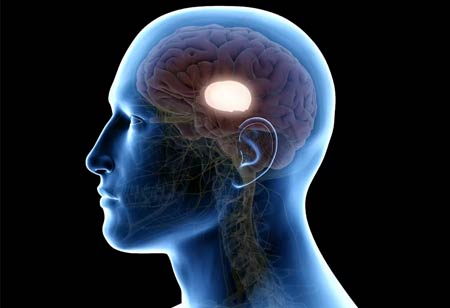All about Brain Injuries and Concussions
A brain injury may result from various factors, such as a forceful impact on the head, an object breaching the skull, or an accumulation of fluid within the cranial cavity. This article delves into the details of brain injuries

By
Medical Care Review | Thursday, July 10, 2025
Stay on top of your health and well-being with exclusive feature stories on the top medical clinics and treatment centers, expert insights and the latest news delivered straight to your inbox. Subscribe today.
Fremont, CA: The brain is safeguarded against most damage due to its encasement within a rigid, bony skull. Additional layers of membranes and cerebrospinal fluid offer further cushioning. However, injuries can still occur despite this inherent protection, potentially impacting all functioning aspects, including cognitive processes and physical movement. A traumatic brain injury (TBI) refers to any significant impact on the head that is sufficient to influence brain activity.
How Do Brain Injuries Happen?
A significant impact on the head can cause the brain to move wildly within the skull. This may lead to various injuries, including contusions, ruptured blood vessels, or damage to the brain's neural structures. A severe impact that does not result in external bleeding or a fracture of the skull may be classified as a closed brain injury. Conversely, an open brain injury occurs when an object pierces the skull and enters the brain tissue.
Brain Injuries: Mild vs. Severe
A traumatic brain injury (TBI) can range from mild to severe. A concussion is categorized as a mild TBI, and recovery typically occurs relatively quickly. In contrast, a severe TBI can inflict significant damage, potentially resulting in prolonged unconsciousness. In extreme cases, it may lead to a coma or even death.
Healing After a Concussion
Similar to how one would allow an ankle to recuperate following a sprain, it is essential to give your brain time to rest after experiencing a concussion. Ensure you obtain sufficient sleep. Gradually return to academic and professional responsibilities as you begin to feel improved. Refrain from participating in sports until you receive clearance from your physician. Sustaining a second concussion before the initial one has fully healed can hinder your recovery and increase the likelihood of lasting injury.
Chronic Traumatic Encephalopathy (CTE)
Individuals such as football players, boxers, or others who experience frequent head trauma may develop this condition, which leads to the death of brain cells. A solitary concussion is generally insufficient to trigger it. Symptoms may remain undetected for many years, initially manifesting as difficulties with mood, behavior, and impulse regulation.
Subsequently, individuals may experience memory loss, challenges in making sound decisions, and eventually dementia. Medical professionals are unable to diagnose the condition until post-mortem examinations of the brain are conducted. Currently, there is no cure for the disease, only management of its symptoms.
Skull Fractures
Your skull is quite resilient; however, a significant impact can lead to a fracture. This condition is known as a skull fracture. If the jagged edges of the fractured skull come into contact with the brain, they may harm the sensitive tissues and result in bleeding. Be vigilant for clear fluid leaking from the brain or blood draining from the nose or ears.







